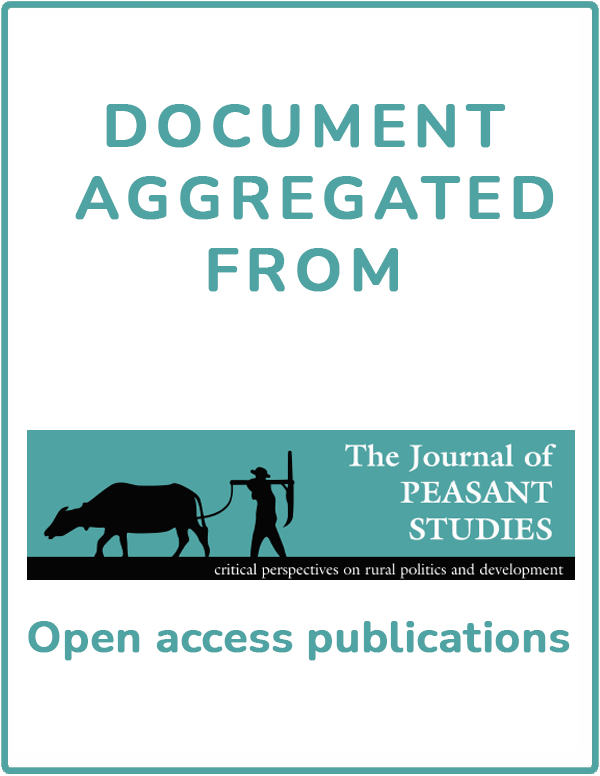Resource information
This article examines the empirical facts about the actual outcome of Zimbabwe's land reform, based on years of field research. It shows that the popular assumption about failed land reform in Zimbabwe is wrong on several counts: the character of Zimbabwe's land reform has been redistributive, and the extent of this has been wide enough to trigger significant progressive changes in the agrarian structure. This is despite some elites having benefited from the process and foreign-owned agro-industrial estates and conservancies being retained. The distribution of land among land reform beneficiaries has been relatively uneven, with some receiving larger land allocations than others, and this in turn influenced the differentiated access of these groups to farming services and infrastructure. Yet the productivity of small producers has grown slowly with output escalating recently. Three decades of land reform has recast land-based social relations in important ways, with the poor gaining more than previously believed.

